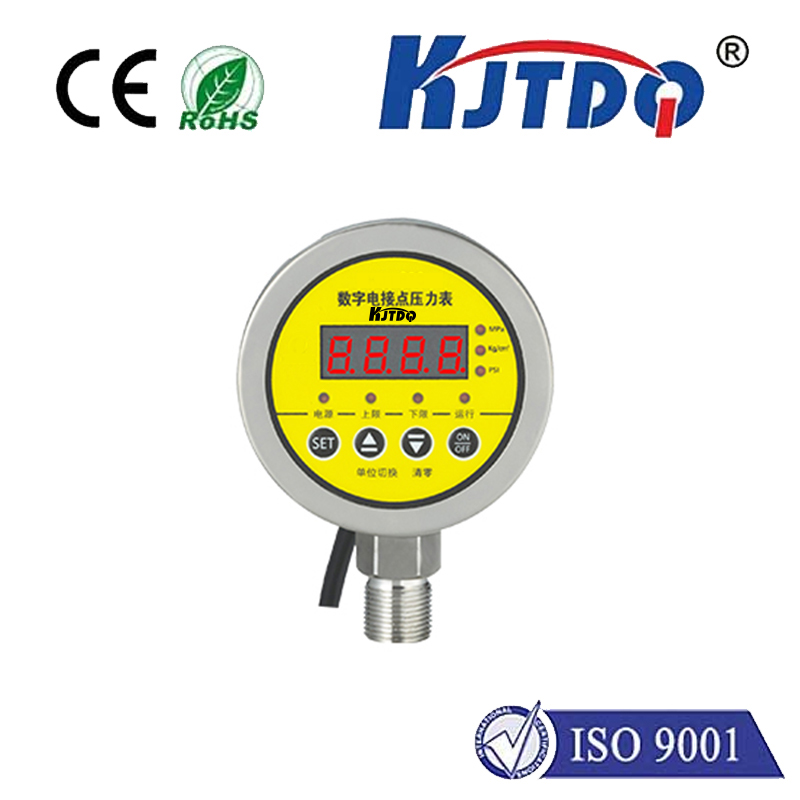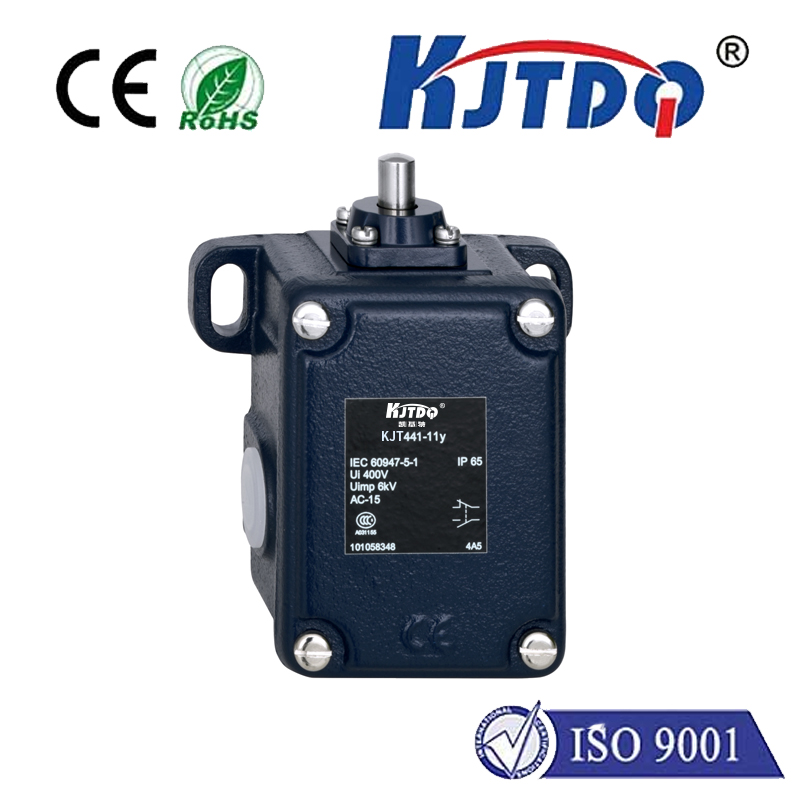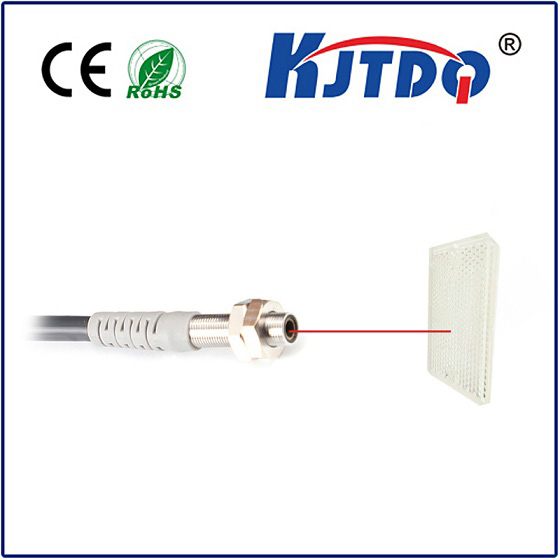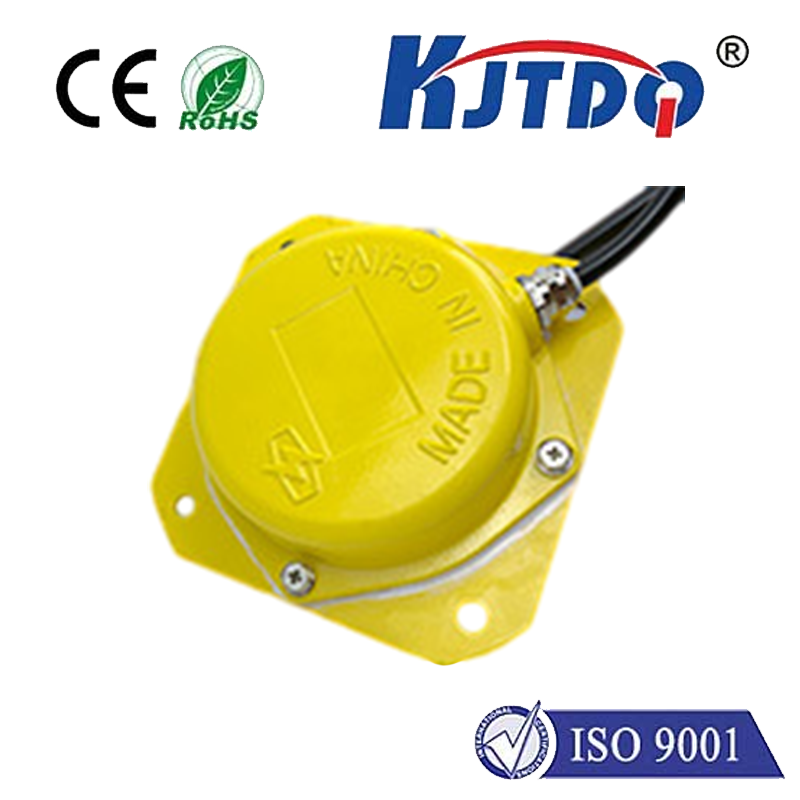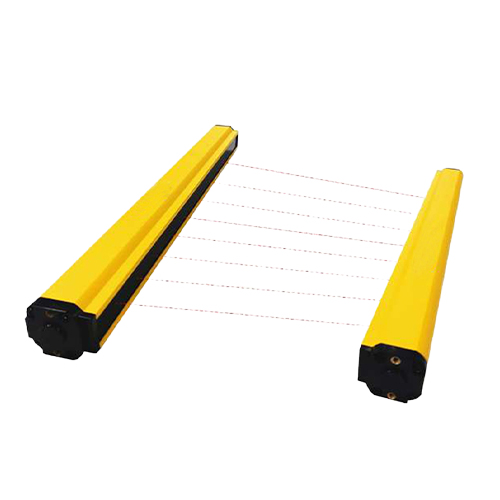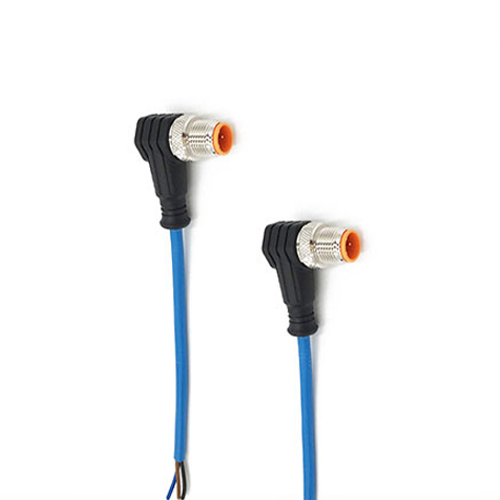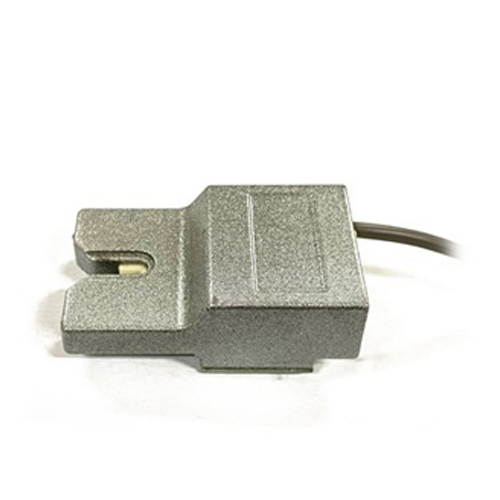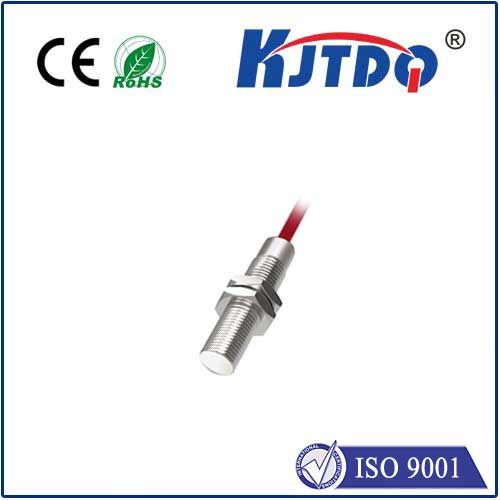

check

check

check

check

check

check

check

check

check

check
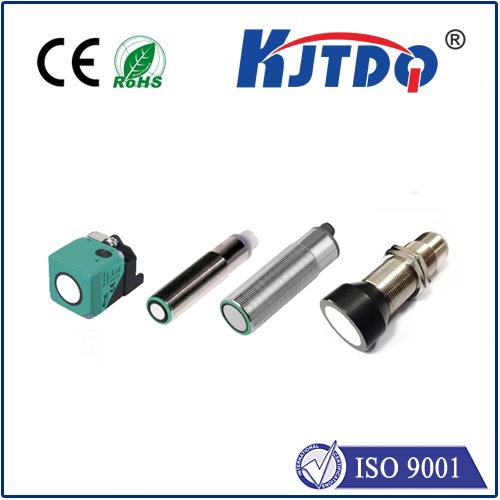
1. Ultrasonic sensor assisted driving
The practical application of ultrasonic sensors has already achieved many results in assisted driving. Many major automakers and technology companies are testing fully autonomous driverless vehicles. Nissan and General Motors have even said they will have self-driving cars on the road by 2020, and these cars (as well as human-driven cars equipped with driver-assist technology) make extensive use of sensors to monitor the road and surrounding environment. For example, ultrasonic sensors can detect vehicles in adjacent lanes for "blind spot detection" and alert the driver when someone is in the blind spot.
Ultrasonic sensors are widely used for object detection in assisted driving. This technology emits ultrasonic pulses and analyzes the returned echoes to determine the distance and location of objects. Ultrasonic sensors can accurately detect vehicles, pedestrians and other obstacles in the surrounding environment, providing drivers with real-time safety tips and warnings. This object detection technology plays an important role in reducing the risk of traffic accidents and improving driving safety.
In many self-driving cars, ultrasonic sensors are installed on the front, rear and sides of the vehicle to monitor the surrounding environment in real time and provide key driving assistance functions. For example, when a vehicle changes lanes, ultrasonic sensors can detect vehicles in adjacent lanes and notify the driver in time to avoid potential accidents. In addition, ultrasonic sensors can also be used for parking assistance functions to help drivers identify and avoid collisions with obstacles when parking.
With the continuous development of autonomous driving technology, the practical applications of ultrasonic sensors are becoming more and more widespread. In the future, as technology advances, ultrasonic sensors will become more accurate and reliable, providing higher levels of safety and reliability for autonomous vehicles. The practical application of ultrasonic sensors will play an important role in improving road safety and driving experience, creating a safer and more convenient travel environment for people. Whether in assisted driving technology or autonomous driving technology, ultrasonic sensors are an indispensable key component.
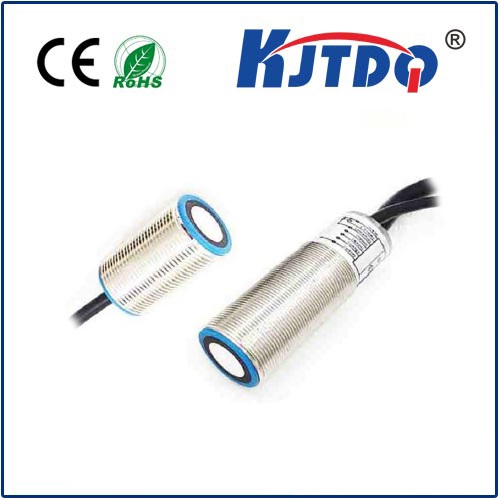
2. Ultrasonic sensor detection distance
Ultrasonic sensors can prevent collisions by detecting whether there are other dangerously approaching vehicles or objects in front or behind the vehicle. For example, when parking, sensors can monitor the distance between the car and walls or other vehicles and remind the driver to stop. Also useful in traffic scenarios, as these sensors are able to detect the motion of two objects simultaneously.
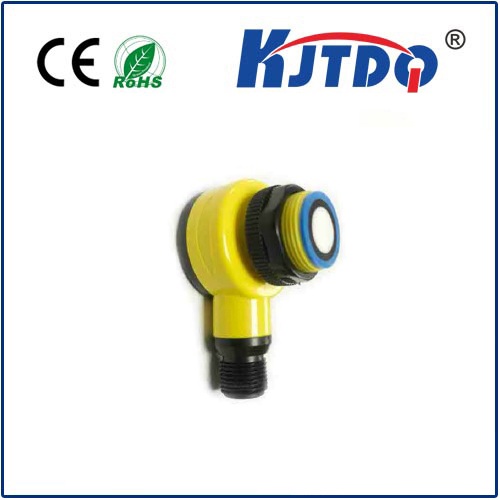
3. Ultrasonic sensor detects diameter
For example, the application of ultrasonic sensors in paper printing equipment. Many newspaper and magazine printing equipment usually use roll paper, and as the paper is used, the diameter of the roll paper will continue to decrease. By using ultrasonic sensors, equipment can automatically detect when a web has run out and be ready to replace it with a new one without any loss in productivity. This way, printing equipment can continue to work efficiently and without the need for manual intervention. At the same time, ultrasonic sensors can also be used in combination with sound-absorbing materials such as rubber or gaskets. This allows it to work in noisy environments and provide more reliable and accurate measurement results. This feature of ultrasonic sensors is particularly important in some scenarios that are sensitive to environmental noise.
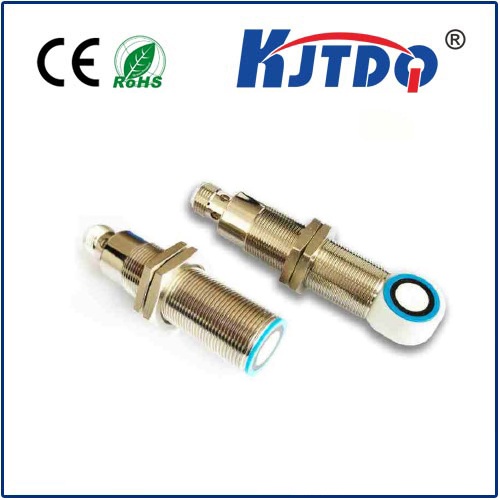
4. Ultrasonic sensor detects depressions
Ultrasonic sensors can be used to monitor and detect the position and status of various objects. In manufacturing and other industrial areas, the location and tightness of conveyor belts, wires or cables are critical. Ultrasonic sensors ensure that these objects are in the proper position. If cables sag, it can cause the production line to slow down or even stop. Ultrasonic sensors can automatically detect whether these objects are running smoothly or even need to be tightened. Ultrasonic sensors are extremely accurate and can detect tiny defects or faults. What’s more, particles such as dust that may be generated during the manufacturing process will not affect its sensing capabilities.
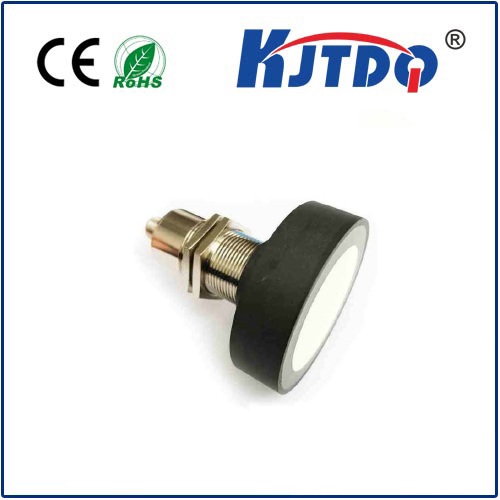
5. Ultrasonic sensor detects liquid level
The practical application of ultrasonic sensors in the food production industry is very practical. Its design allows it to withstand the harsh environments associated with food handling. The stainless steel enclosure ensures it is impervious to food residue and easy to clean. This sensor is a very accurate and reliable tool for monitoring the levels of liquids such as milk and rennet, through which production efficiency and quality can be improved.
The dairy industry is one industry that can benefit from ultrasonic sensors. Traditionally, making cheese was a batch process, adding specific amounts of milk and rennet at a time and then waiting to set. This may take longer, and yields may vary between batches. However, using ultrasonic sensors allows for continuous cheese production. Sensors monitor milk and rennet levels in real time and supply more ingredients as needed to maintain production continuity.
One of the main advantages of ultrasonic sensors is their accuracy. The sensor uses ultrasonic technology to measure the level of the liquid, which is very precise. It provides accurate data so that production processes can run efficiently. In addition, this sensor can also work properly in the presence of foam or volatile components in the liquid, which is very important for special situations that may arise during food production.

